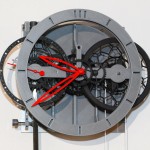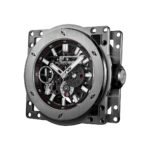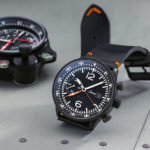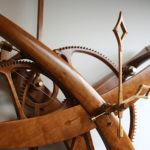Rune Bakkendorff Introduces the Moonwork Pendulum Clock
A minimalist, modern timekeeper.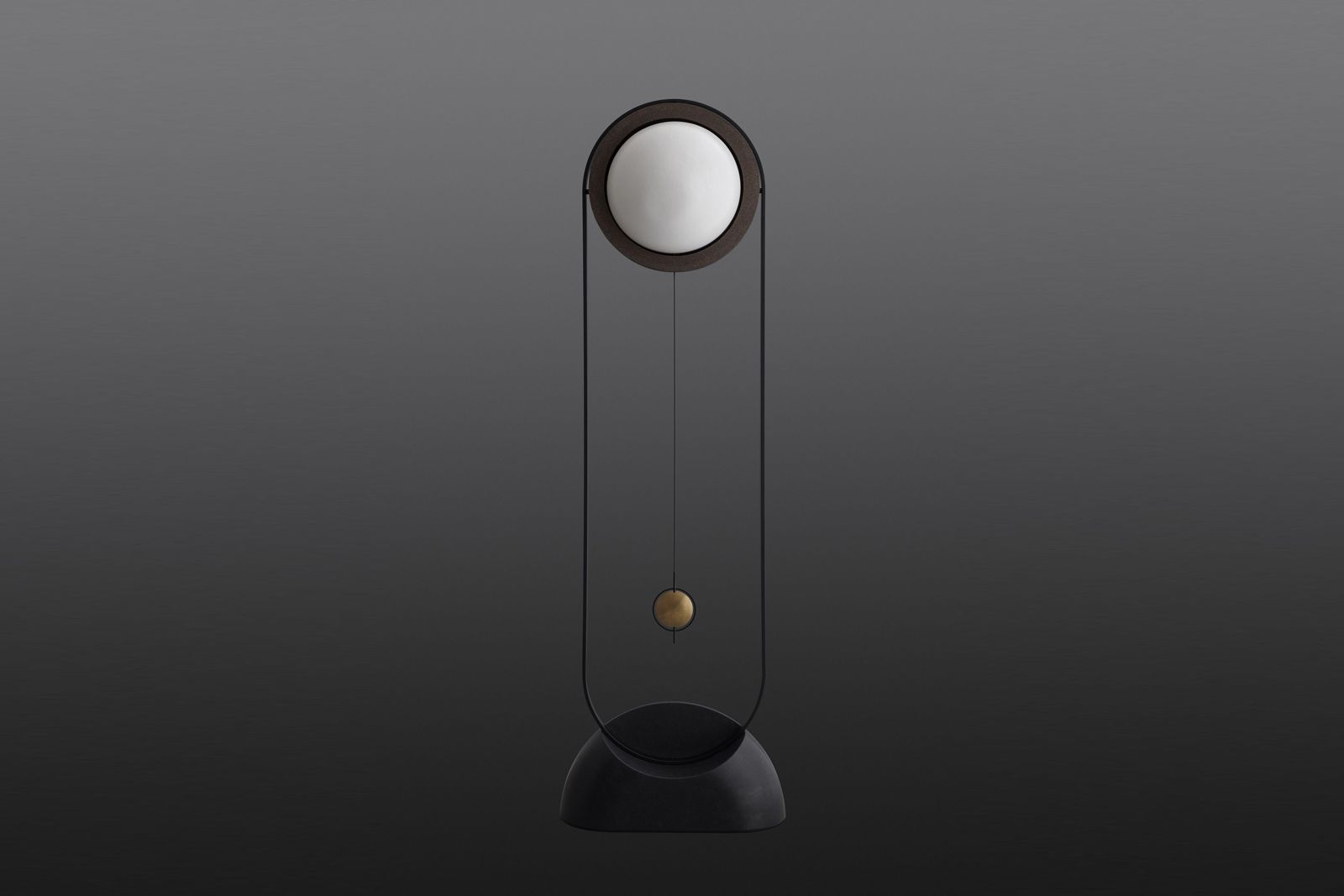
The result of a collaboration between a Danish clockmaker and design studio , the Moonwork is a tall, sculptural clock that stands almost two meters high. It’s an old-school pendulum clock in function but entirely contemporary in expression, from the thin, minimalist frame to the clever time display without hands.
Danish clockmaker Rune Bakkendorff worked together with fellow Danes of design studio Ahm&Lund to create the clock, which made its debut late last year at the Cabinetmakers Autumn Exhibit 2021, a Scandinavian furniture fair that took place in Copenhagen.
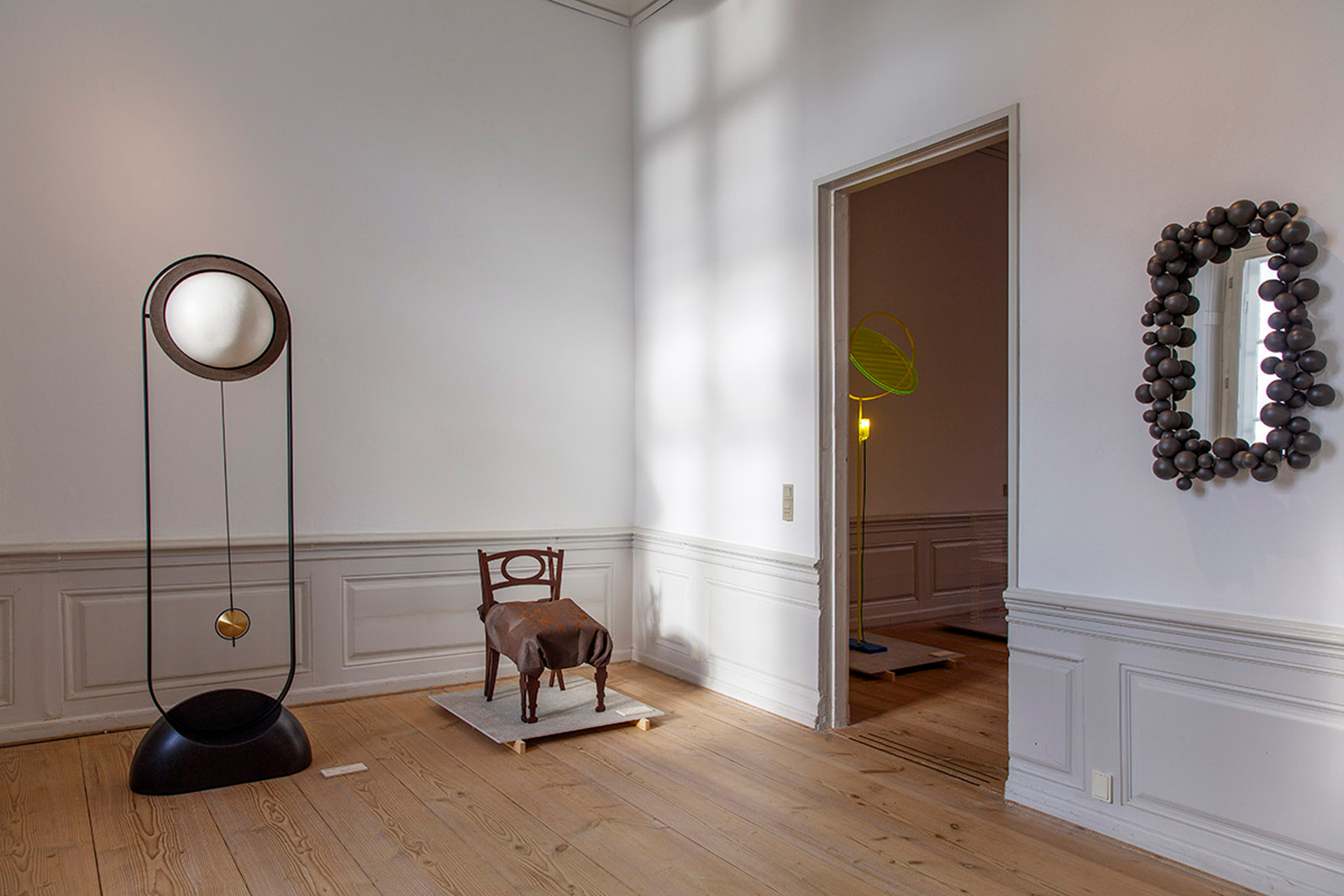
The Moonwork at the furniture exhibition. Photo – Scandinaviandesign.com
Initial thoughts
A thoughtfully designed object, the Moonwork is attractive on several levels. At first glance, it is slender, simplistic, and hardly resembling a clock save for the pendulum. But paradoxically it is a clock, making the featureless time display is immediately intriguing.
It is a clock, but not quite. The Moonwork does away with the conventional telling of the time and instead displays the lunar cycle – the moon phase is projected onto the white porcelain dome that forms the dial. An impractical but beautiful solution, this makes the Moonwork more of a sculpture that indicates the passing of the time.
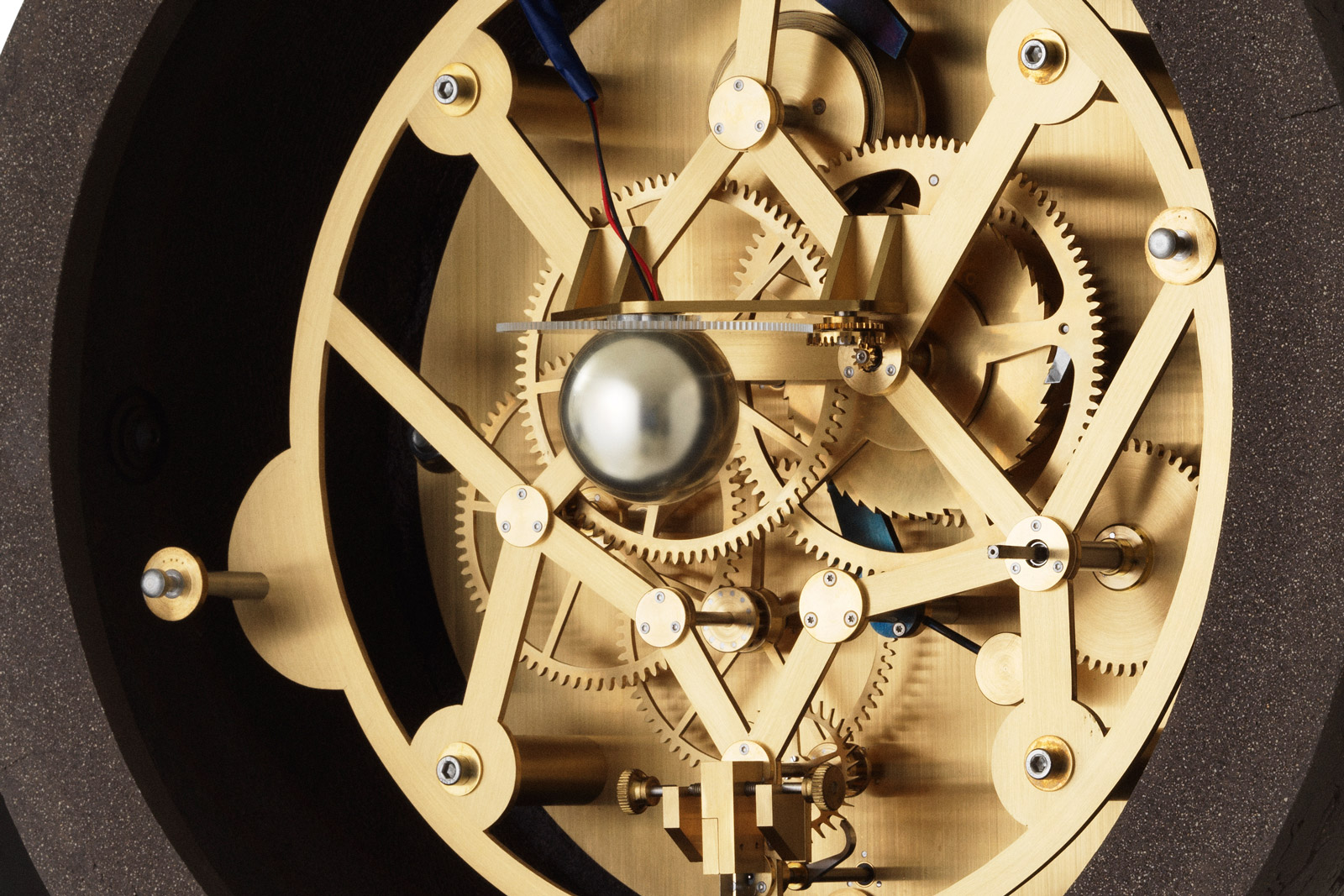
Remove the white porcelain dome and the entirely mechanical workings of the clock are revealed, although moon phase projection relies hundreds of LED bulbs that are hidden behind a silver sphere that rotates slowly to cast a shadow
But having been constructed by a clockmaker who also restores of antique clocks, the Moonwork contains traditionally and elegantly executed mechanics. Amongst its notable features are the constant-force spring with a stopwork, giving the movement an accuracy of within a minute per lunar cycle (which is about a month). And as expected for such artisanal work, the components of the Moonwork are almost all made by Mr Bakkendorff in his Copenhagen workshop.
Lunar time-telling
The creators of the clock, Mr Bakkendorff along with Ahm&Lund, devised the clock to challenge the “traditional perception of time by placing it in a different and larger context, as opposed to the stress and bustle of everyday life.”
In so doing, they eliminated everything found in a conventional clock – seconds, minutes, and even the hours – but the Moonwork still conveys time, albeit on a different scale. That explains its visual subtlety.
Since it is a moon phase, it keeps time on a monthly basis, with the display having a period of about 29.5 days – it indicates the progression of a month and only that. Appropriately enough, the clock has a month’s power reserve when fully wound.
A comparable complication in a wristwatch would be the weekly calendar, which provides the month of the year but also the approximate time of the month.
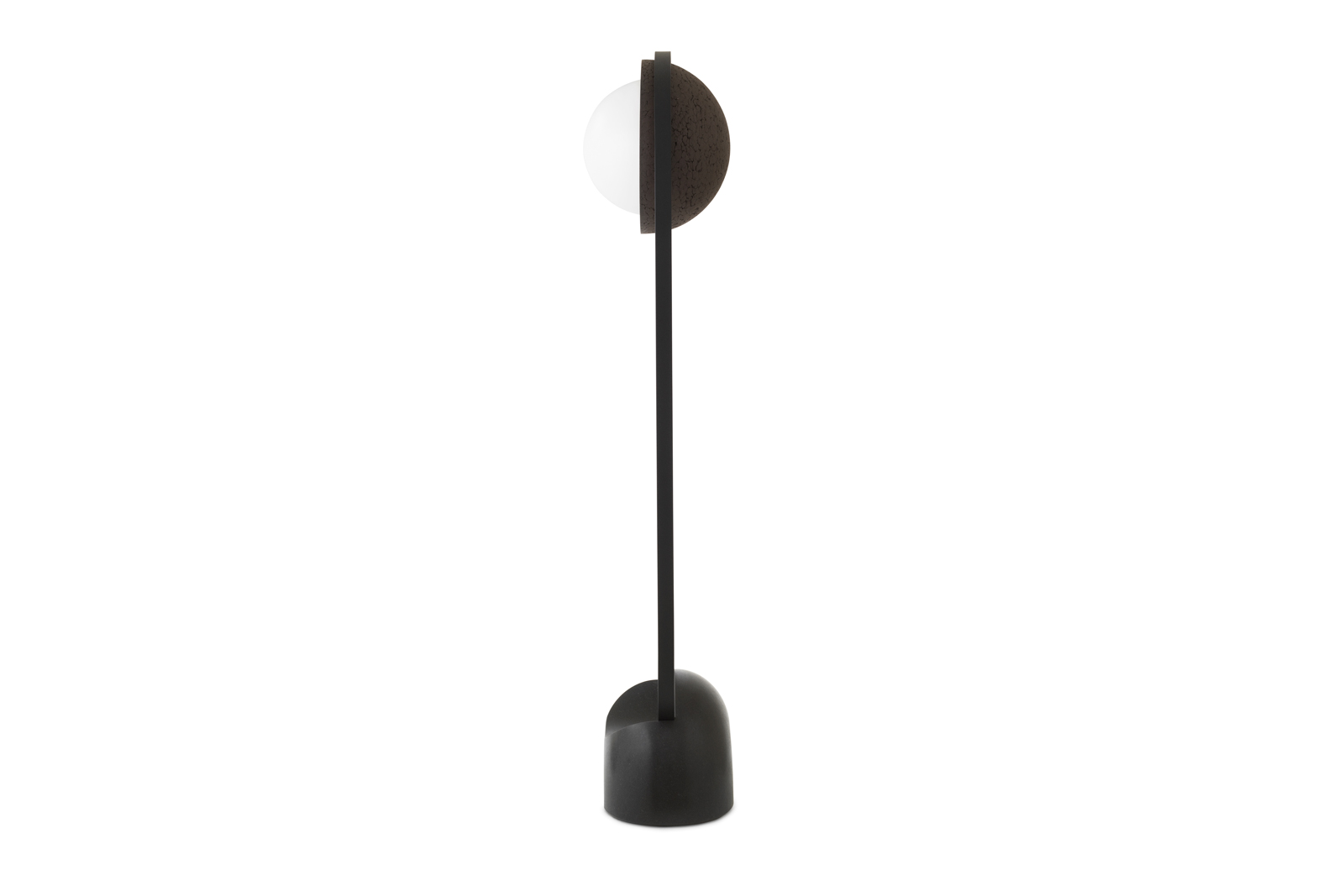
But the Moonwork is no ordinary moon phase display. It avoids the usual one-dimensional display of a slowly rotating disc but instead utilises light and shadow to show the age of the moon. In fact, the display is a more accurate reproduction of the Moon’s motion from a conceptual standpoint, since the Moon itself can be seen observed due to the interplay between light and dark.
As a result, the clock requires some electrical components as a light source. Traditionalists might raise their eyebrows at the LED bulbs, but they are a discrete addition to the 337-part movement, which is entirely mechanical and key wound as is traditional. The movement is regulated by a pendulum and slowly rotates the silver sphere, creating a shadow that varies over the month.
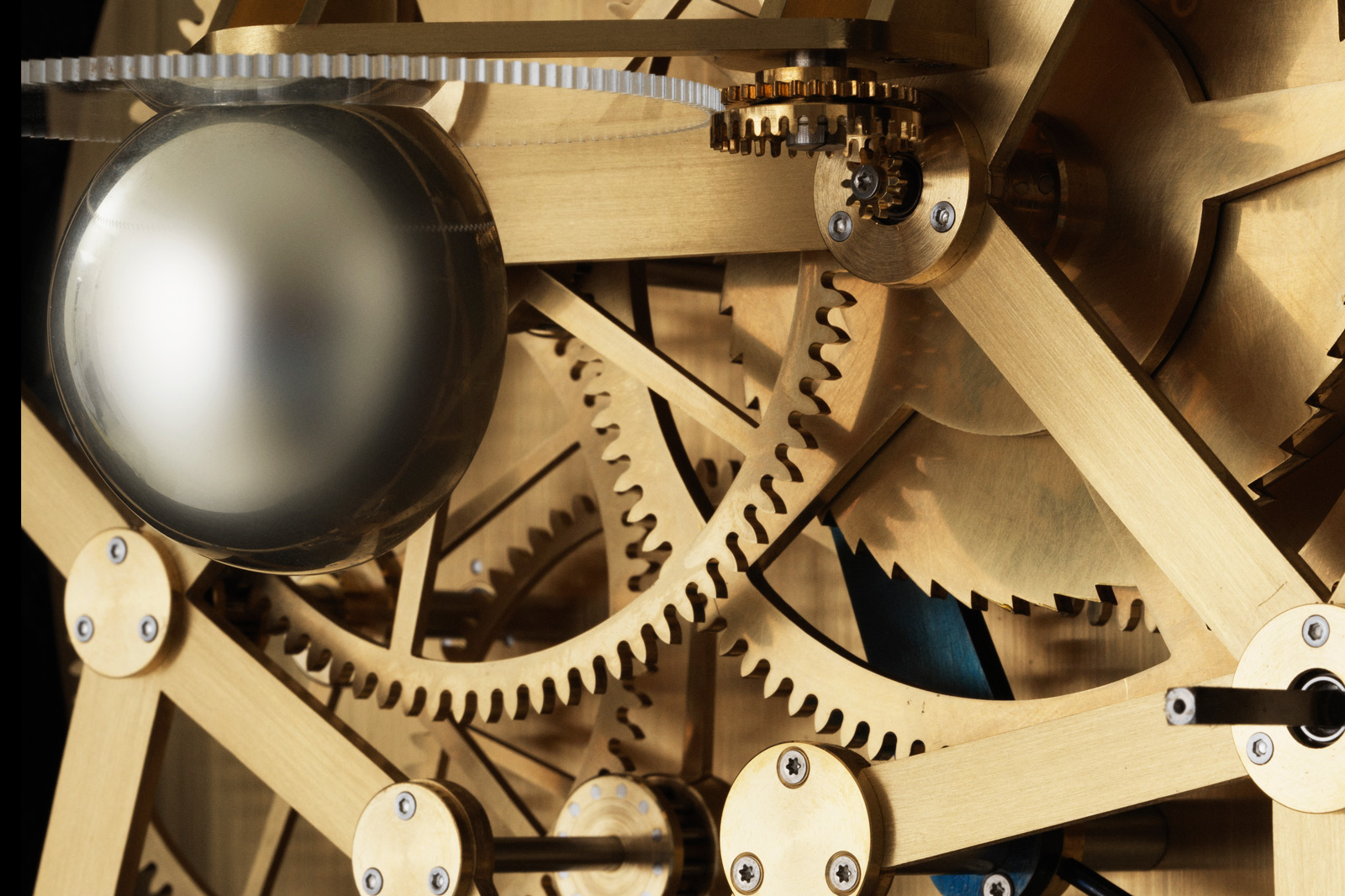
The hand-hammered silver sphere that creates the moon phase shadow
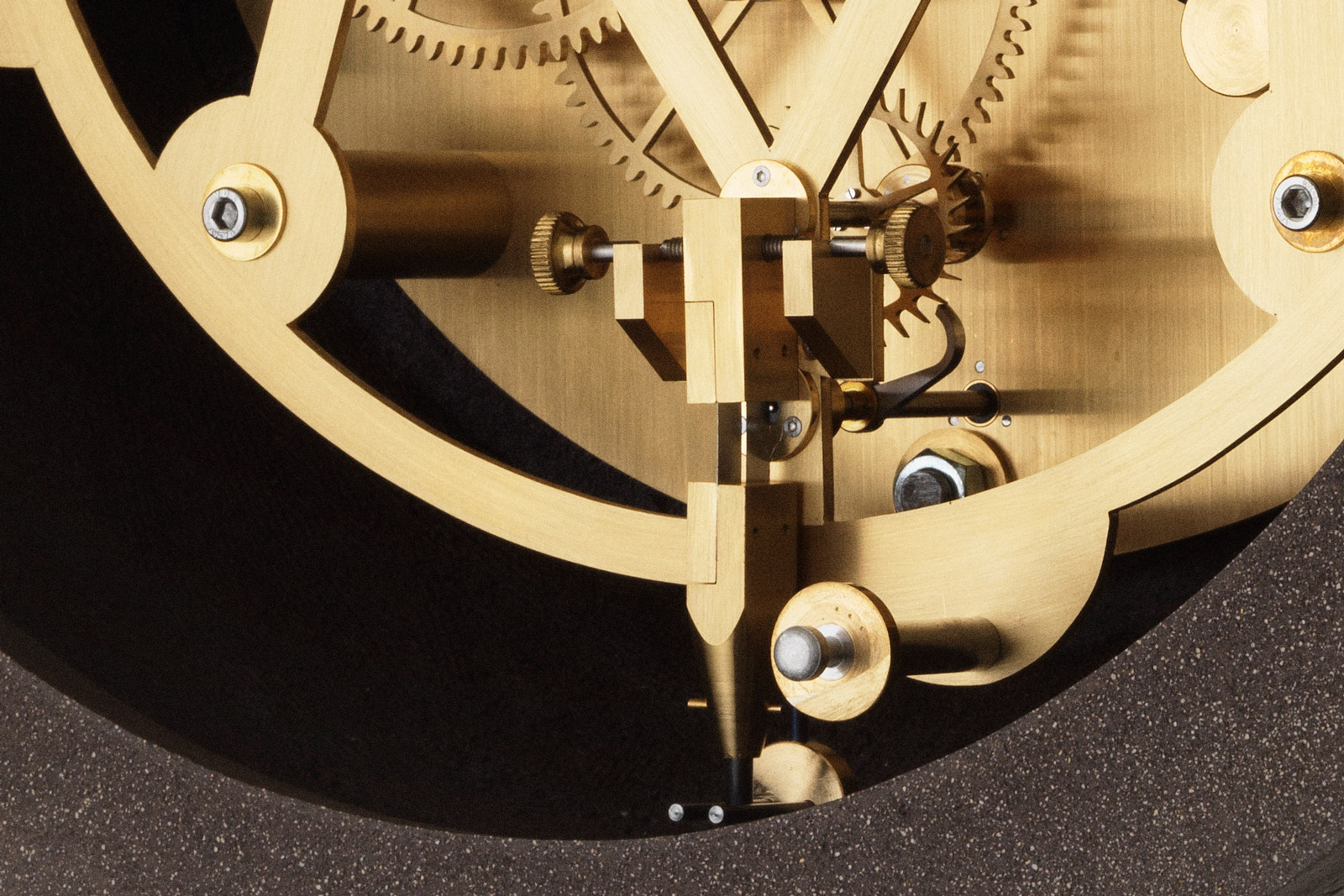
The endpoint of the gear train is the Graham escapement that does without a balance wheel, but instead comprises a pallet fork linked to the pendulum; each swing of the pendulum releases a tooth on the escape wheel
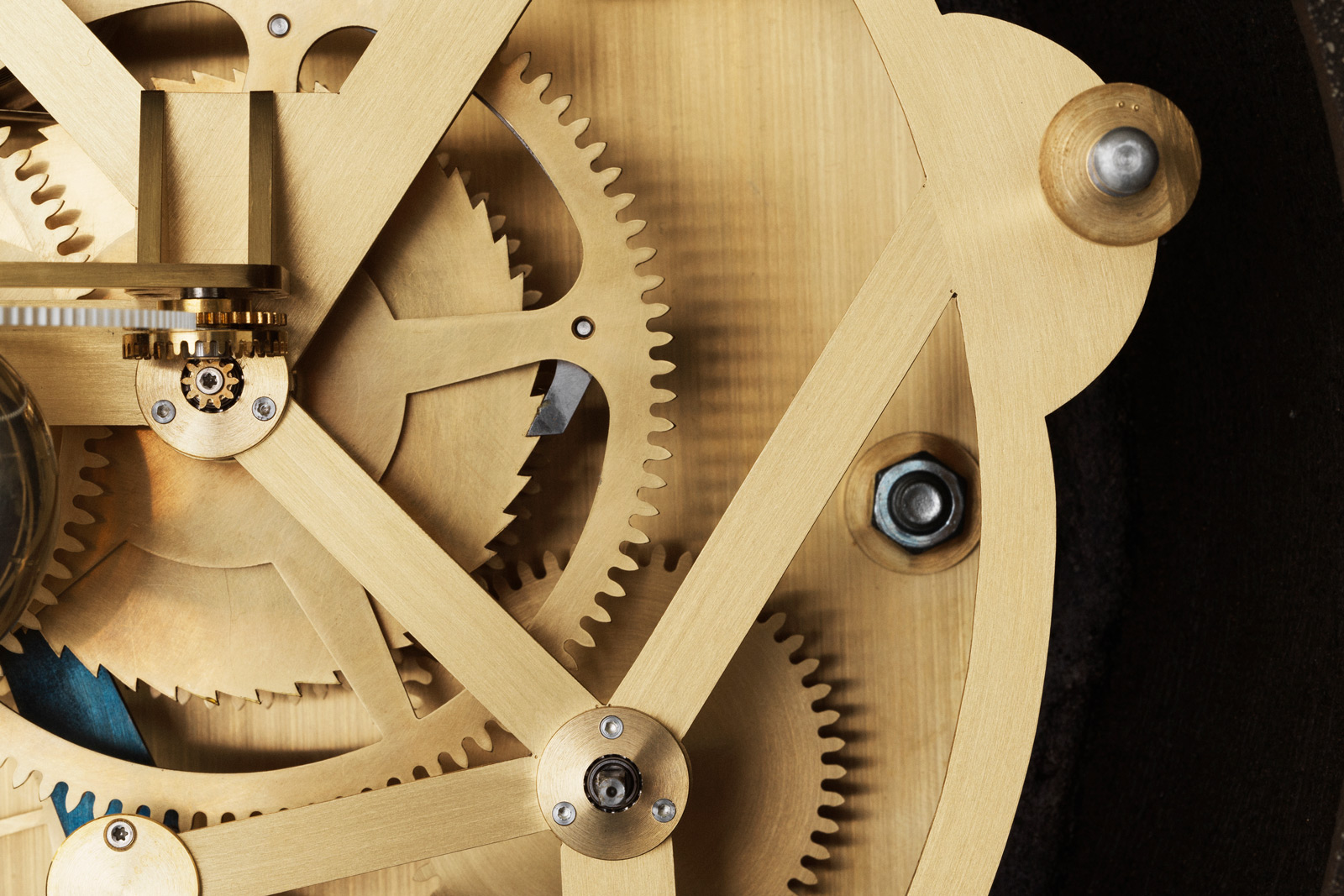
Made of traditional materials like brass and steel, the movement is finished simply but cleanly

The parts are made with a mix of traditional and modern techniques like CNC machining and hand filing
Natural materials
Thanks to the sharp eye of Ahm&Lund, the Moonwork is unusually minimalist in both design and construction. Interestingly, the outline of the clock is modelled on a chair designed by Ahm&Lund, which was named after its founders Isabel Ahm and Signe Lund, a furniture designer and cabinetmaker respectively.
The selection of materials gives the simple and plain Moonwork textures that are evident on closer inspection. The rear of the clock, for instance, is actually a large disc of clay that was moulded by hand to create an organic, cracked pattern. It was then fired and lastly oiled to bring out the nuances in its texture, which evokes the Moon itself.
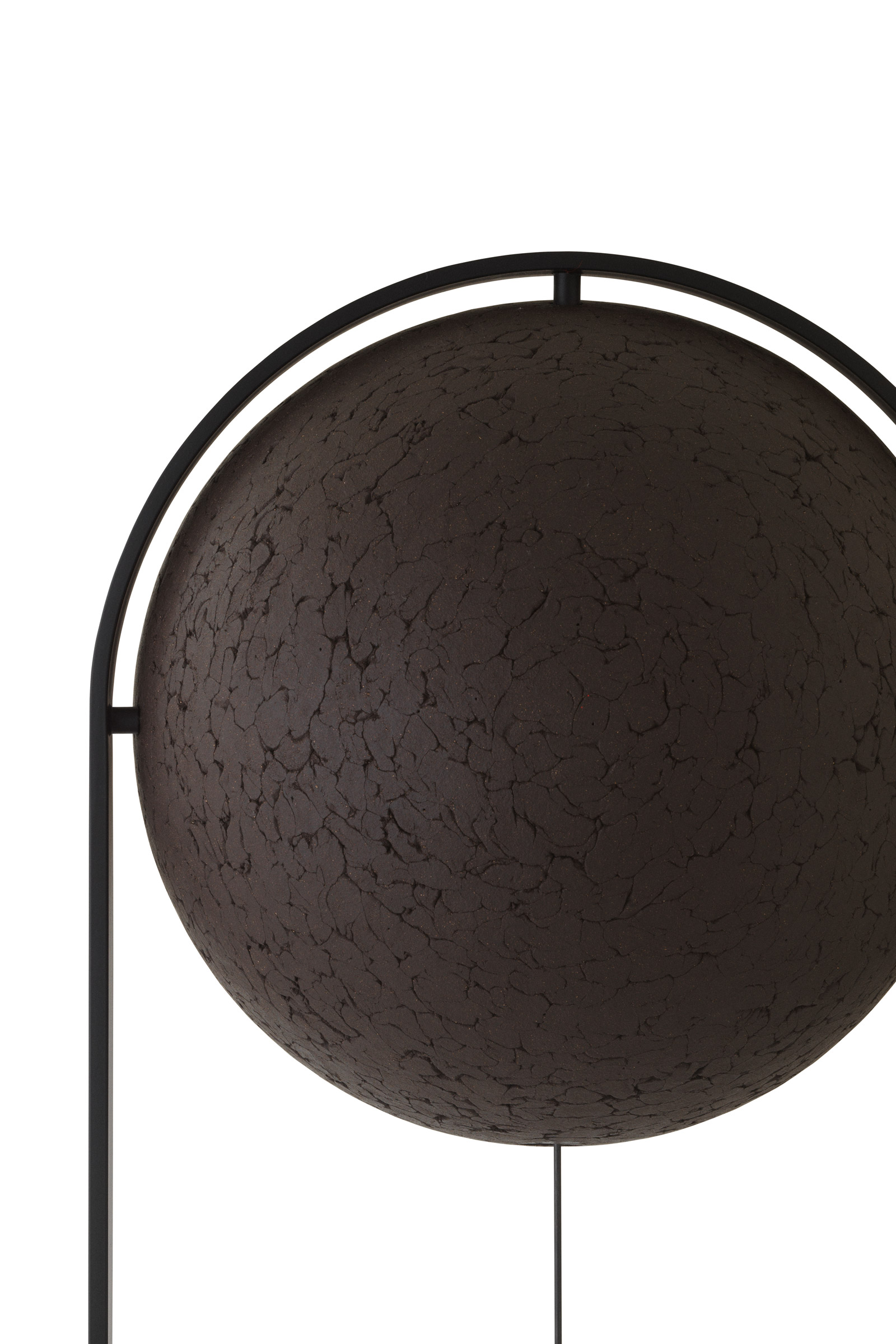
On the front is a dome made of Parian Porcelain, which is translucent when fired at high temperatures. It has a slightly textured surface with a glazed finish, again bringing to mind the lunar surface.
Finally the base of the clock is made of Swedish basalt, a rock formed from solidified lava – which is also found on the Moon, albeit not in its Swedish form. Securing the clock to the base is a thin, stainless steel frame that has been coated black.
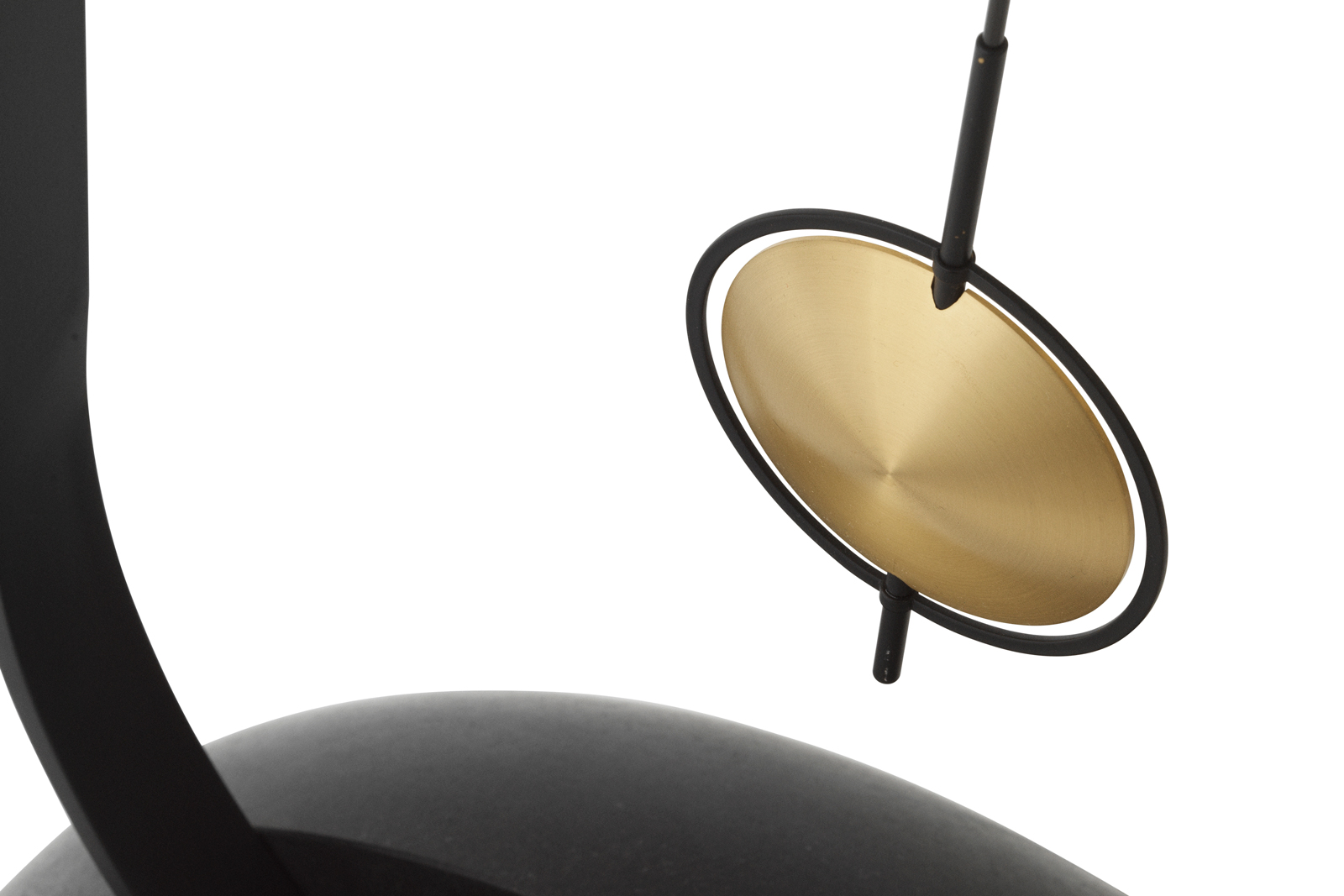
The pendulum comprises a bronze disc and a rod of carbon fibre
Key facts and price
Rune Bakkendorff Moonwork
Height: 190 cm
Diameter of base: 60 cm
Thickness: 33 cm
Materials: Parian porcelain, black clay, Swedish basalt, silver, brass, steel
Movement: Moonwork
Functions: Moon phase
Winding: Key wound
Power reserve: One month
Limited edition: Unique piece
Price: DKK450,000 excluding taxes (equivalent to US$61,000)
For more information, visit Bakkendorff.com.
Back to top.

